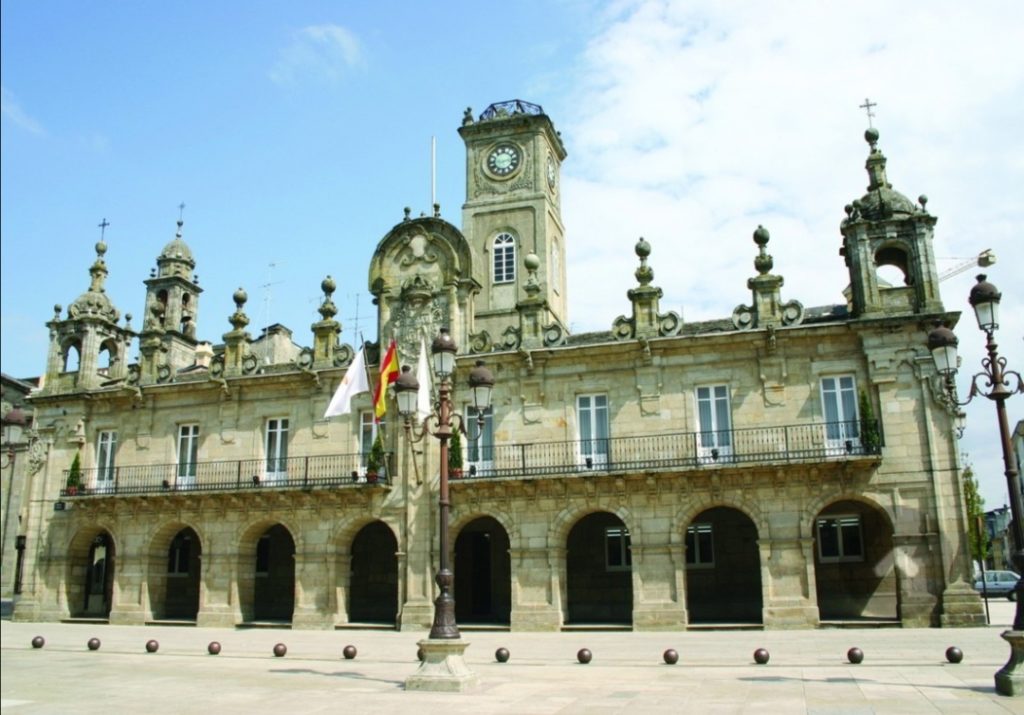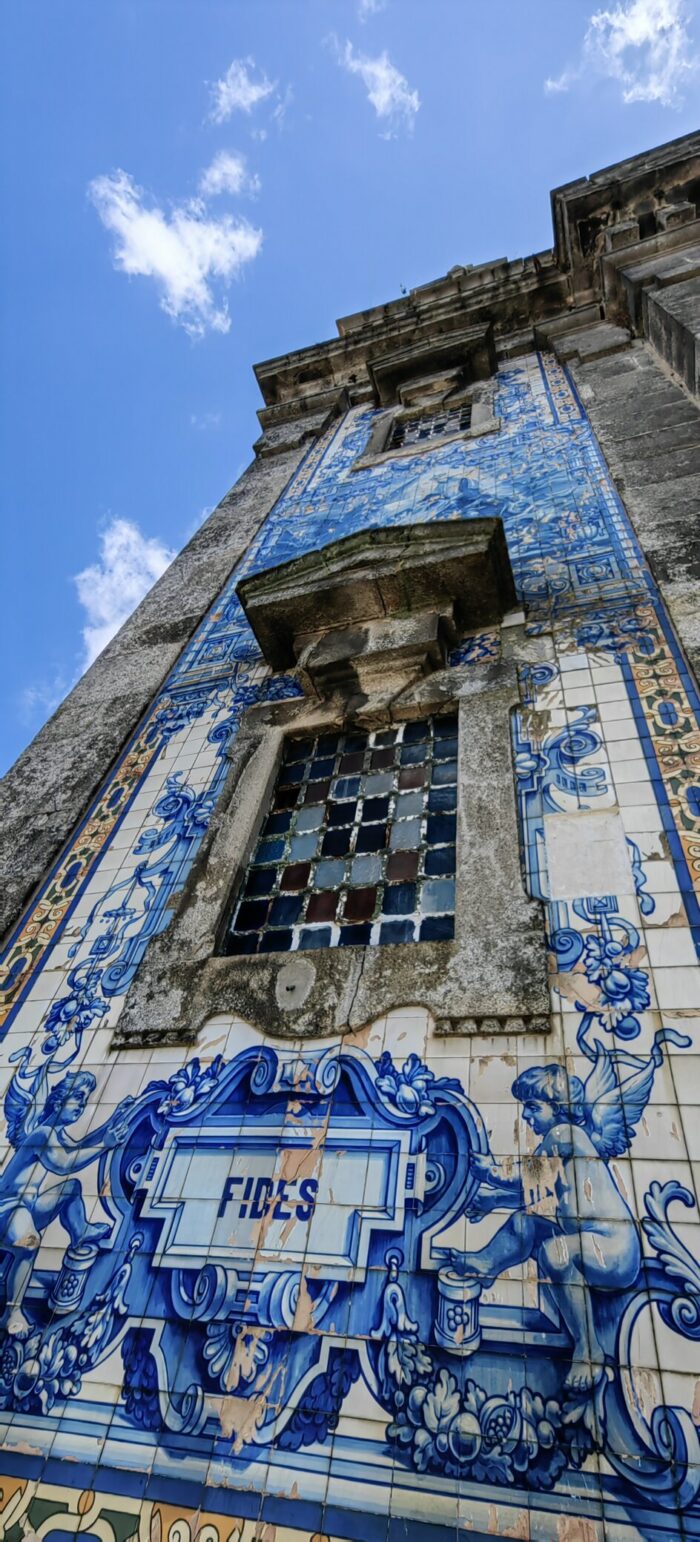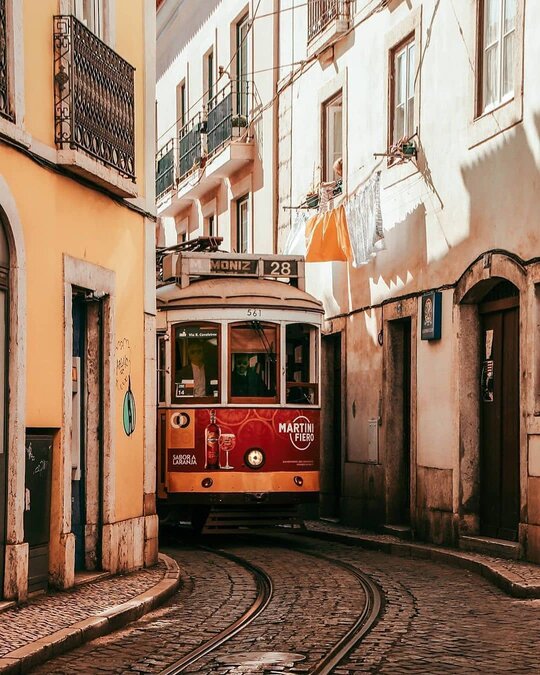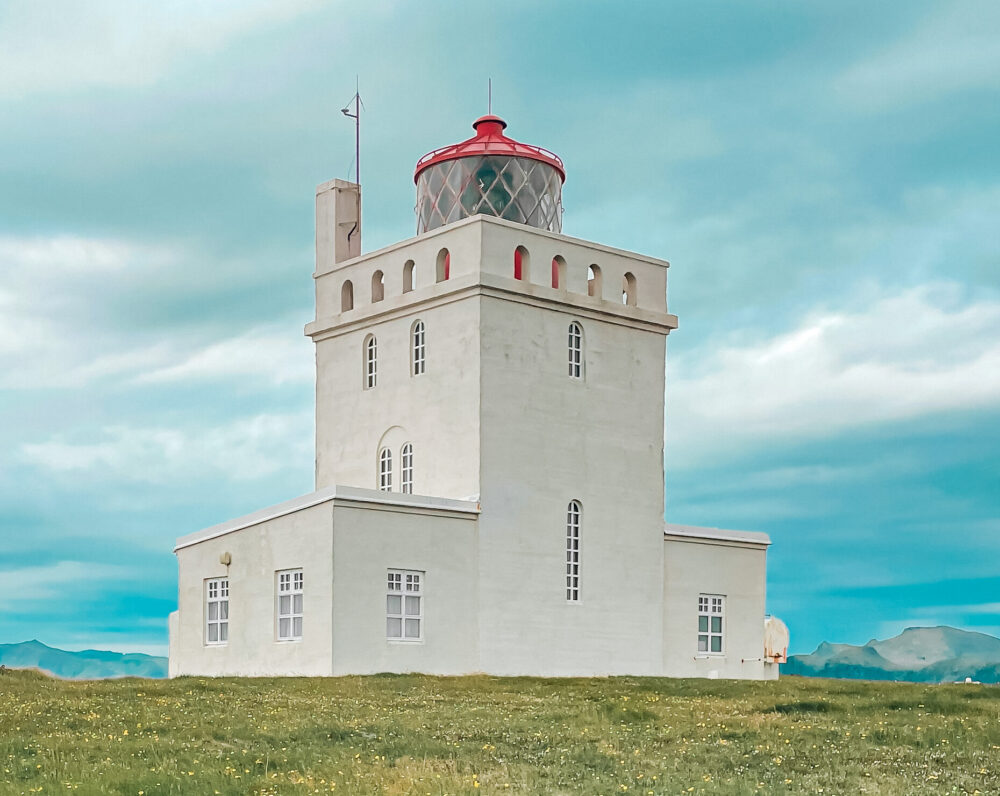Slow travel is becoming increasingly popular and it’s my favorite way of traveling, as well.
Whenever I tell my stories about my travels, people are amazed and say they envy my experiences. For most of these people I know, travel means going on a weekend trip to a trendy city, staying in an expensive hotel and barely leaving its spa or jam-packing their itinerary and coming home exhausted, needing a vacation after their vacation.
Don’t get me wrong, there’s nothing wrong with being a tourist if that’s what you truly enjoy.
But for me, oh for me, travel is something different. While I can enjoy a weekend trip to Paris or Madrid sometimes, bouncing from one sight to the other, these trips always leave me with the feeling of not getting as much as I could. What I really love is traveling slow. To stop and smell the roses. To travel with intention. Picking a destination and staying there for weeks or months, or at times, even years.
I am thirsty for experiences a weekend getaway can’t always satisfy. I want to spend as much time as possible with discovering new parts of the globe, losing my itinerary while going to lesser-known places, living life with the locals and making deep connections with their culture, taking time to follow their advice, tasting wondrous street food, learn their language and just savoir every experience a foreign land can provide. These moments are priceless and will never fade, but leave you with a unforgettable lifelong experience otherwise you could not live.
How to travel slow?
When I did my research for this post, I came across several articles that advise readers about how to slow travel, but in my opinion that goes against the whole idea of slow traveling. Slow travel is not about following set paths or itineraries, it’s actually the opposite. And as we are all so different what works for one would not work for another. If there is only one rule that should be followed is to travel with intention.
That being said, here are a few tips that help me to decide to pick my slow travel destination.
1. Determine your timeline
It’s important to know how much time do you have to travel. Do you have 21 days of holidays which you can spend all at once? Or can you take out months of work/school? Do you have a remote job that allows you to work from wherever, whenever? It’s a common heterodoxy to think that slow travel requires a lot of time. You can have an amazing slow travel experience in week as well as in months.
2. Set realistic goals
Determining your time frame is important to be able to set your goals. I always write a long list of things I wish to experience then I divide it into two separate lists. On one of the papers I keep my list of the most important things. The things I’m dying to experience. On the other list I write down everything else that would be cool to do or see, but my world would not collapse if I didn’t get to them.
For example, if you have a week off you could hop around and visit 4 different cities, or you could choose one (or max. 2) and fully explore it for yourself. (I prefer to avoid the stress with getting up early to travel from one place to the other, check in and check out of accommodations so often or directing myself again in a brand new place.)
3. Work out your budget
This is also something that really depends on the person. I know individuals to whom all the money in the world wouldn’t be enough while others can travel for six months with just 200 euros in their pockets. Which one are you? It’s important to know to figure how much money you personally would need and what do you have to calculate with.
There are many options here: you can spare your money in advance and spend it while you travel, or you can even make money while traveling (working, interning, volunteering). You can cut off your expenses as well if you do work exchange. Consider couchsurfing or booking way before traveling to find cheap accommodations and flights.
4. Pick your destinations
When slow traveling best approach is to keep your mind open and be flexible. Doing your research about places is useful but you’ll find the best attractions when talking with locals and most of the times it’s worth to trade in something from your bucket list for a unique experience. Many times I found the best restaurants, stores and accommodation by making friends with locals, otherwise I’d never figure about the hotel that works in a monastery as it is not found online. It is also one of the best ways to make long-lasting and meaningful connections with others while abroad, especially if you travel alone.
5. Make the most out of it
By “making the most out of it” most of us would think of different things (again), you should find balance between a packed itinerary and not doing any research and roaming the streets all day in hopes that something amazing will fall on your lap. (Though that works for some, too.)
Here you can reach back to your lists you wrote in step 2 and check in with yourself.
For me making the most out of my slow travel experiences can look different day to day. We all need to listen to our bodies and despite I plan the day ahead what I want to do next, I know myself and if I force myself to go sight see when my body calls for a day of rest, I don’t feel guilty for sitting on a bench in a park with my artisan ice cream and watching people as they pass by. The intention is to fill the trip with experiences that fulfill you instead of burning out or not doing anything (it’s easy to get lazy if you stay in one place for months).
6. Dare to do changes
It can happen with anyone that we choose a place we always dreamed of but then it just feels off and the place doesn’t vibe with us. Instead of forcing yourself to explore, allow yourself to choose another nearby destination that sparks your interest. It’s still worth to lose some time with transportation then having a sour mouth after a bad, forced experience.
Get more like this—Sign up for our daily inspirational newsletter for exclusive content!
__
Photo: Imola Toth





